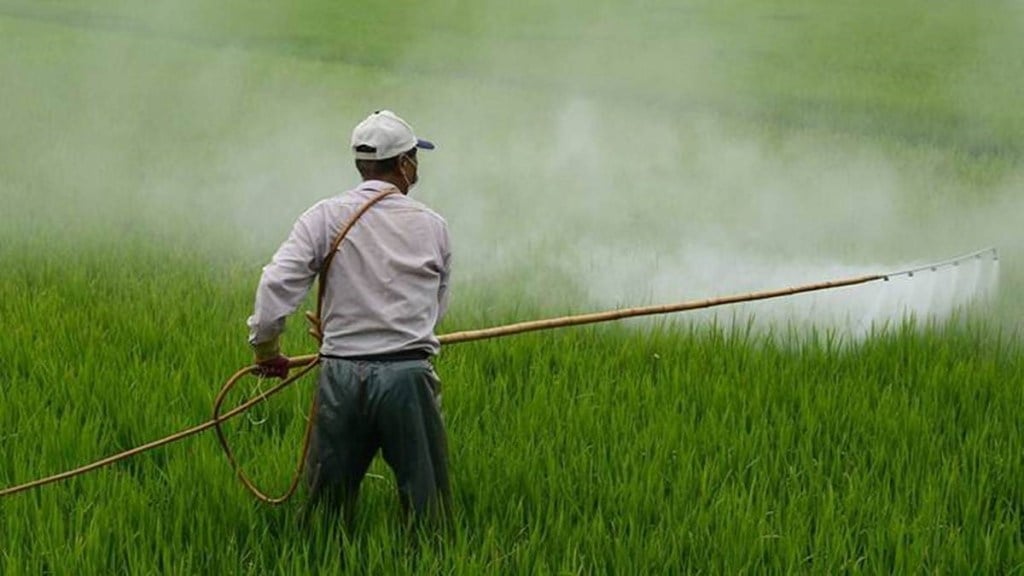With the softening of global prices of soil nutrients like urea and di-ammonium phosphate (DAP), the government’s subsidy outgo for fertilisers in the next financial year is likely to be significantly lower than the record Rs 2.45 trillion estimated in FY23.
“There is a likelihood of softening of global prices of fertilisers further,” Arun Singhal, secretary, department of fertilisers, told FE on Wednesday. Stating that future volatility in global prices could not be predicted, he said that future course of Russia and Ukraine conflict would have an impact on the global price movements of social nutrients.
Trade sources said that urea price has declined by 31% to $478 a tonne from $700 a tonne prevailed in October last year while the DAP prices have softened by 35% to $700 a tonne currently from $920 a tonne prevailed three months ago.
In terms of volume, imports account for a third of domestic soil nutrients consumption of around 60 million tonne annually. More than half of the country’s DAP requirements are imported, and the main sources are West Asia and Jordan while India imports about 20% of its annual consumption of urea.
The Budget Estimate for fertiliser subsidy in the current fiscal year was Rs 1.05 trillion. The subsidy requirements turned out to be much higher, as the Ukraine war broke out unexpectedly, leading to a spurt in commodity prices, especially of fertilisers and feed-stocks like natural gas.
The subsidy on farm nutrients stood at `1.6 trillion (revised estimate) in FY22.
It would be the third year in a row that the annual Budget spending in the current fiscal on fertiliser would be above `1 trillion mark, against a lower range of `70,000 – 80,000 crore in the past few years.
Fertiliser minister Mansukh Mandaviya had stated last month that the government would not pass on the burden of rising global prices to farmers and ensure that there is no shortage of soil nutrients in the country.
In case of urea, farmers pay a fixed price `242 per bag (45 kg) against the cost of production of around `2,650 per bag. The balance is provided by the government as a subsidy to fertiliser units.
The retail prices of phosphatic and potassic (P&K) fertiliser, including DAP were ‘decontrolled’ in 2020 with the introduction of a ‘fixed-subsidy’ regime as part of Nutrient Based Subsidy mechanism announced by the government twice in a year.
The government provides subsidies to companies manufacturing fertiliser and those who import soil nutrients on the basis of actual sale by the retailers to the farmers.
Rating agencies – Icra and Crisil – have pegged the government’s fertiliser subsidy to cross Rs 2.5 trillion in FY23.
Prime Minister Narendra Modi recently stated the Central government has spent over Rs 10 trillion over the past eight years to ensure that farmers in the nation are not burdened by the high global fertiliser costs.


